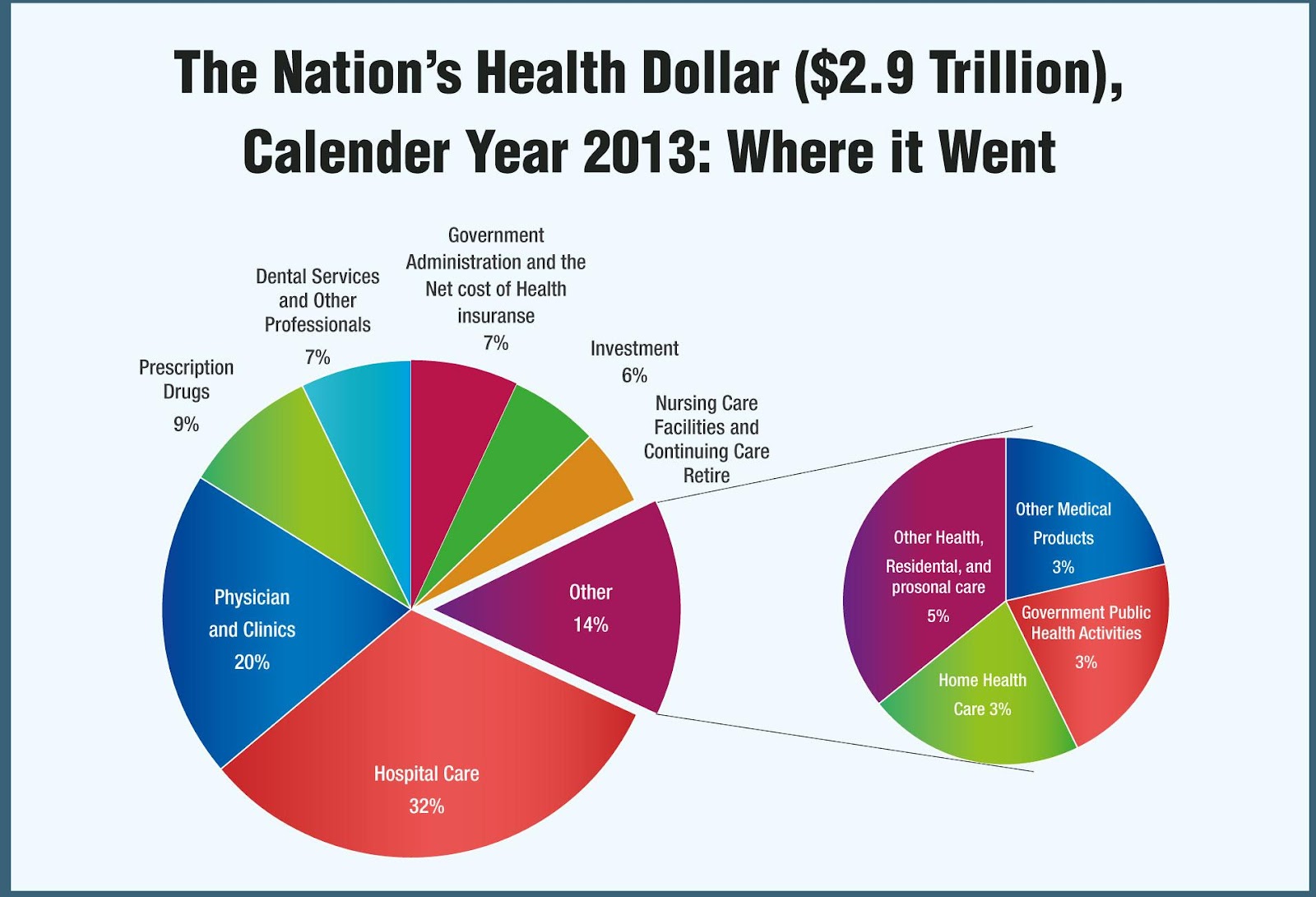The U.S. Healthcare is becoming complex with its ever-growing expenditure on healthcare, need for performance improvement, and the goal for achieving universal health care. Affordable Care Act, a legitimate trial to reform healthcare, imposed ban on establishing and expanding physician-owned hospitals, a niche popular for arranging luxury care and forging profits. Before starting a healthcare company to acquire vulnerable physician-owned hospitals or investing in a new hospital in competition with rural non-profit hospitals, it is beneficial for an entrepreneur to dig into the market strategy of hospital care. The information shared in this article is a picture of hospital structure, billing for services, flow of money in a value chain, valuation, factors affecting investment, fate of the physician-owned hospitals to favor entrepreneur, and scope in making profits.
Introduction
Out of every $6 Americans spend, 1 $ is spent on healthcare. Investors admit that industries other than energy and manufacturing are far more productive, especially the healthcare industry. Healthcare sectors, specifically, hospitals can be an excellent investment opportunity for an entrepreneur inclined towards healthcare.
U.S. economists point out 0.6% surge in the currency spent on hospital care in 2014. This bit of information hooked us on the road to figure out the model of hospital funding, administration, market strategy, and the impact of Affordable Care Act on the hospitals, particularly, physician-owned hospitals.
Healthcare trends in the USA
The United States has the most expensive health care system as compared to other countries across the globe. A sum of $2.9 trillion accounts for nearly 17.4% of GDP of a nation. Any clue why these figures ring the bell? It was the total national health expenditure of U.S. in 2013! Though, 20 cents of every $1 spent on healthcare is used in marketing, underwriting, administration and making a profit.
Figure 1: Expenditure based on specific services

Source: www.healthcare-economist.com
By all means, the U.S. healthcare system has got the edge, notably in precautionary cancer screening, with its advanced research and equipments. Going by records, the US has the highest survival rate of cancer patients. On the other hand, the U.S. healthcare system exhibited low performance in specific areas, such as access, equity, quality, and efficiency, in comparison with low revenue Asian and European countries. An article Mirror, Mirror on the Wall, published by Commonwealth Fund, 2014, focused on below normal standards in access, equity, quality, and efficiency of health care in the U.S.